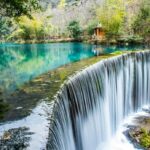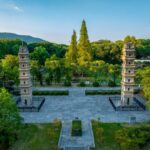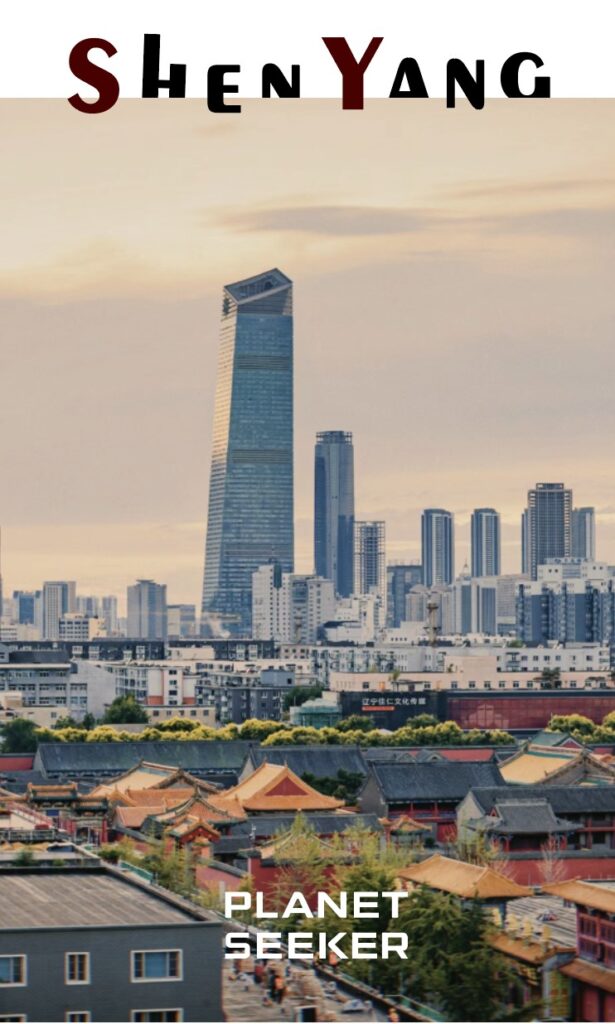
Whether it’s in the popular TV series “The Long Season” or in the novels of Shenyang-born writers like Ban Yu and Shuang Xuetao, the typical Northeast narrative often features long winters, old factories, large machines with a cold gleam, and workers lost in a bygone era. However, when you truly delve into this city, you’ll discover that Shenyang has more than just one facet.
The Shenyang Imperial Palace and the Marshal Zhang’s Mansion recount the legendary and tumultuous history from the Later Jin dynasty to the Republic of China era. The once-abandoned factories in the Tiexi District have been transformed into trendy art districts, and the diverse cultural life rivals that of first-tier cities. This city walk itinerary connects Shenyang’s most important historical and cultural relics, allowing you to experience the city’s depth, stability, and romance.
Shenyang Imperial Palace
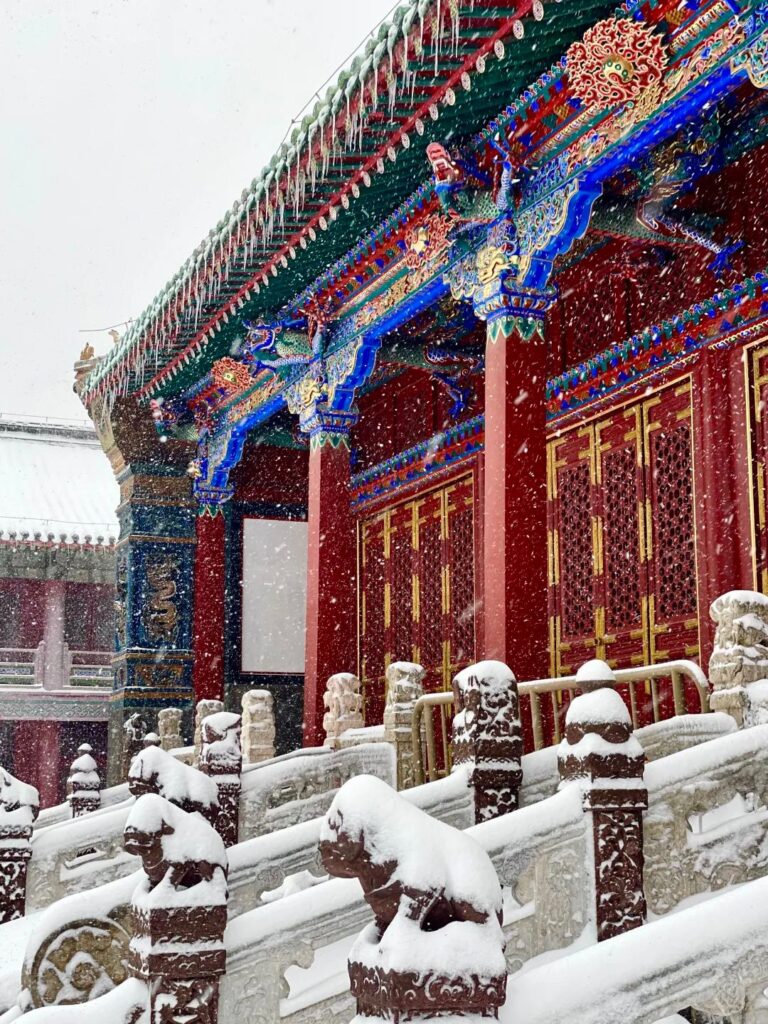
Shenyang was once the old capital of the Qing dynasty before it entered the Central Plains. In 1625, Nurhaci, the founding emperor of the Qing dynasty, established his capital in Shenyang and began large-scale construction of the imperial city. In 1634, Shenyang was renamed Shengjing. The Shenyang Imperial Palace is a concentrated embodiment of this historical period and a famous tourist attraction in Shenyang. Travelers interested in Qing dynasty history must not miss it.
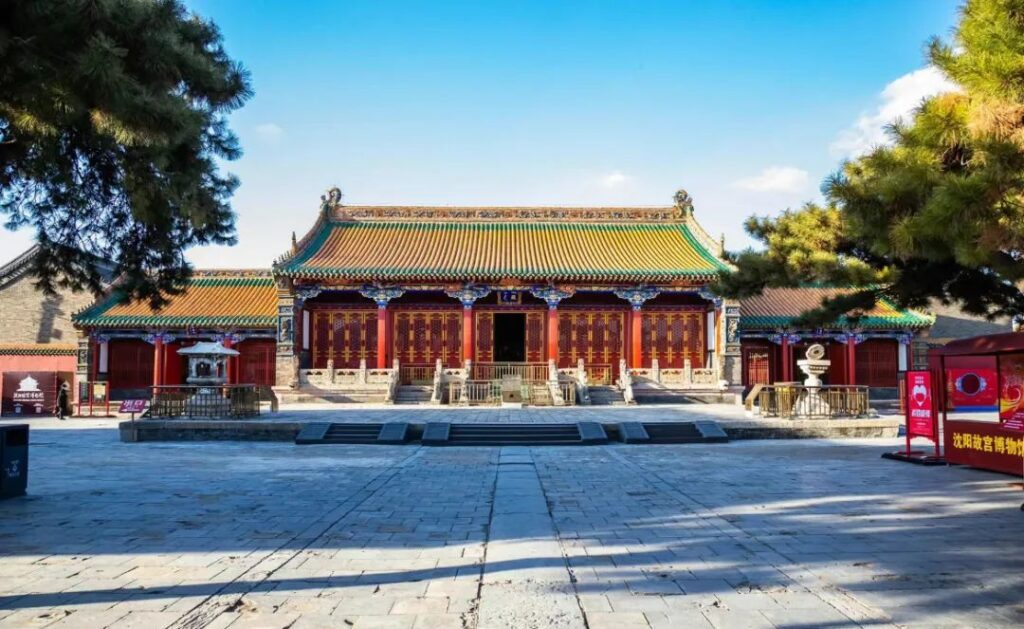
Entering through the Daqing Gate, the first thing that catches your eye is the Chongzheng Hall. This is a single-eaved building with a hard mountain-style roof. The steps are decorated with coiled dragon stone carvings, and the eaves feature coiled dragon wood carvings, giving this relatively simple hall a touch of royal grandeur. The Chongzheng Hall was once the place where Emperor Huang Taiji handled court affairs, and in 1636, the ceremony marking the change of the dynasty’s name from Later Jin to Qing was held here.
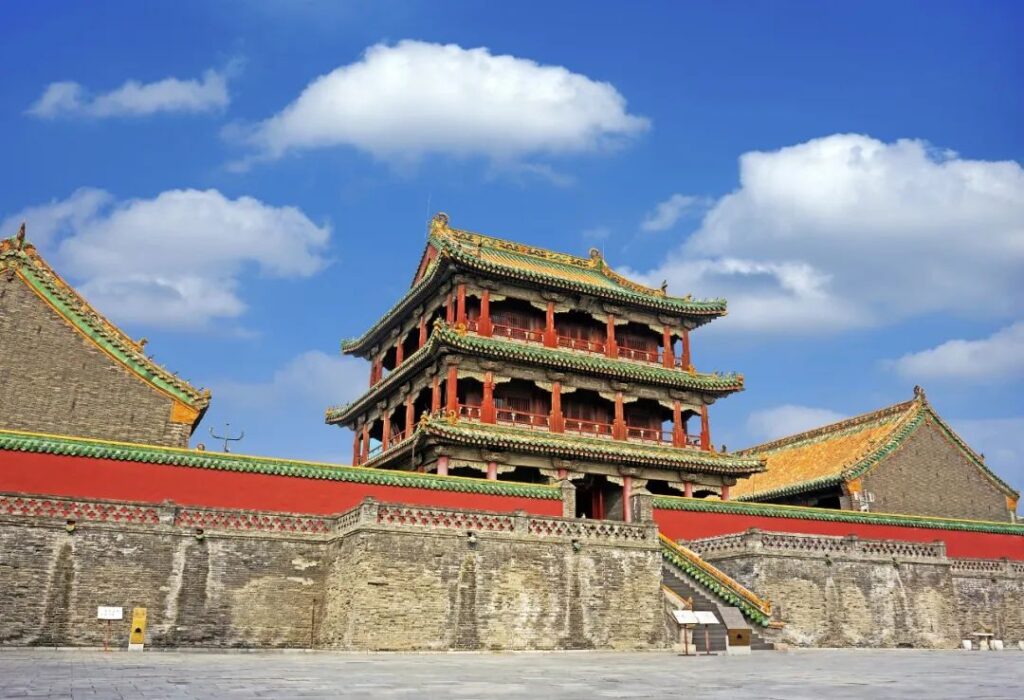
Continue walking north along the tour route, and you’ll arrive at the Phoenix Tower, the tallest building during the Shengjing period. This three-story, double-eaved, three-dripping water, and hip-and-gable style pavilion is the highest point of the entire imperial palace, exuding an extraordinary aura and facilitating the observation of enemy movements. The Phoenix Tower houses a plaque inscribed by Emperor Qianlong that reads “Purple Qi Comes from the East.”
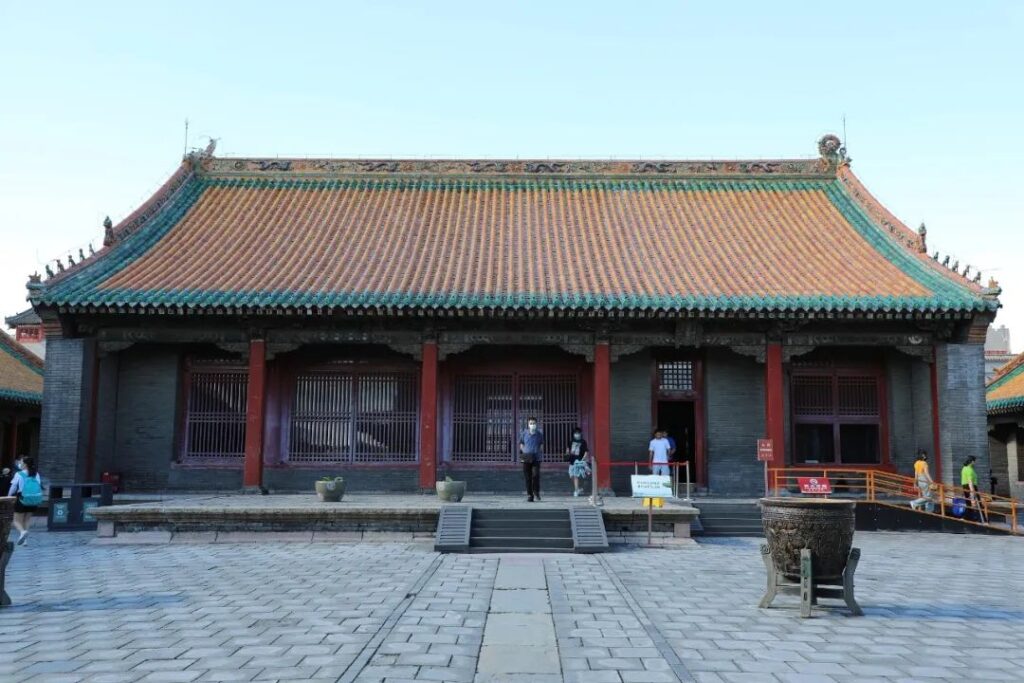
To the north of the Phoenix Tower is the rear palace, where the Qingning Palace, the bedchamber of Emperor Huang Taiji and Empress Xiaozhuang Wen, is located in the center of the courtyard. If you hire a guide, you can hear many anecdotes and legends.
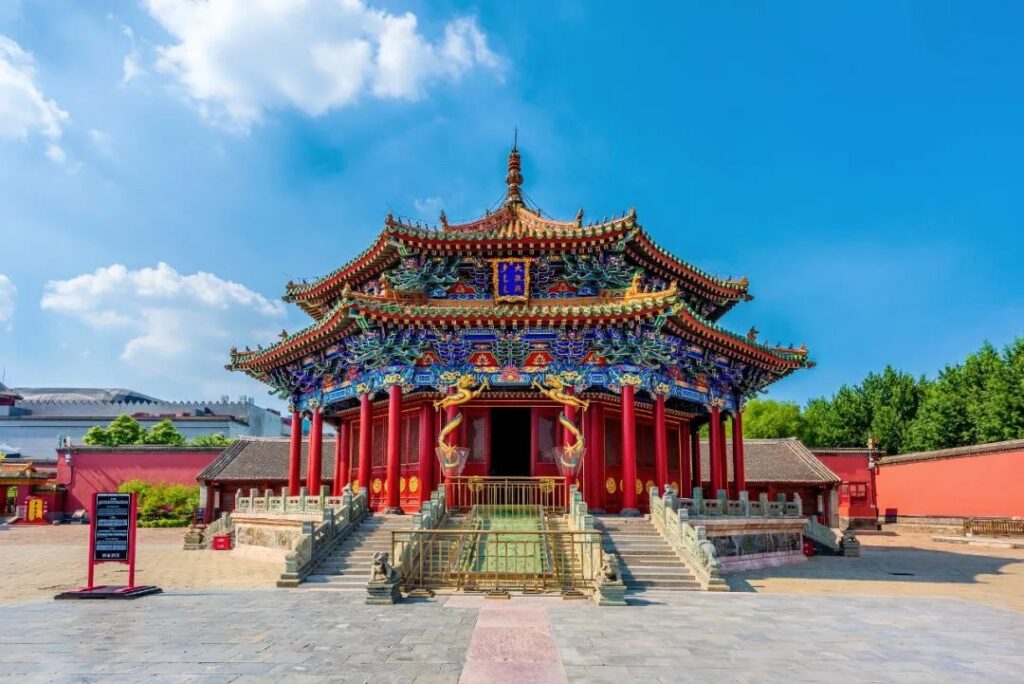
The Dazheng Hall is the imperial palace’s biggest highlight, possessing high aesthetic and historical value. This wooden structure with yellow tiles and green eaves is supported by 40 pillars, and its octagonal design symbolizes the Eight Banners system established by Nurhaci.
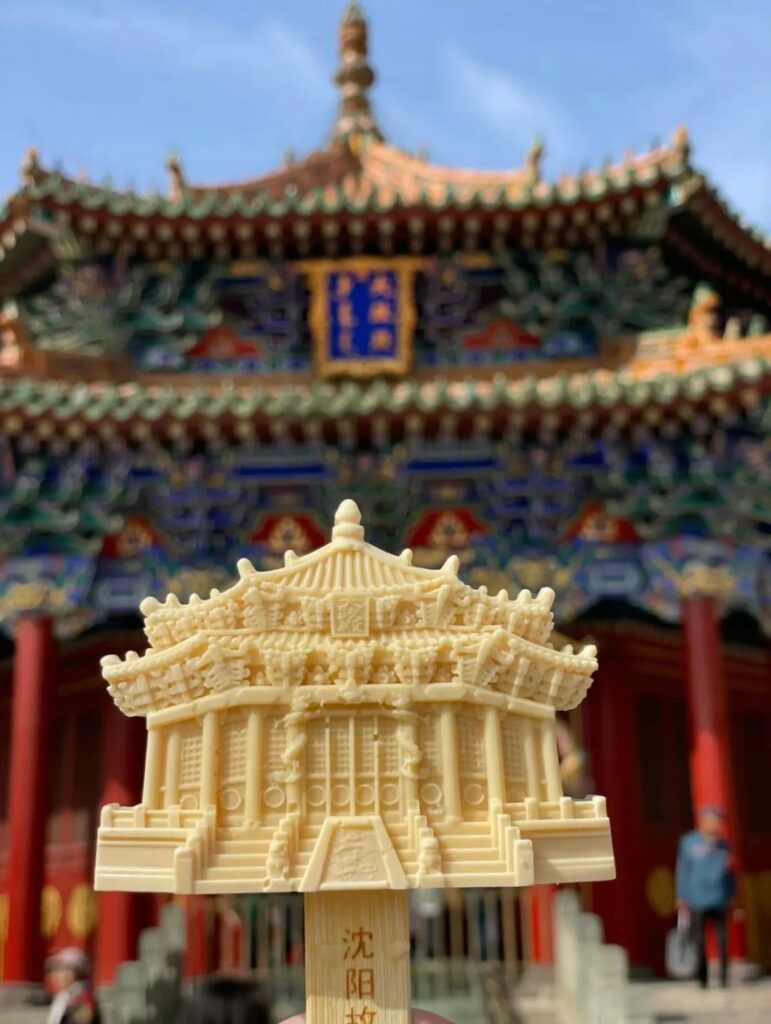
The Shenyang Imperial Palace also sells trendy ice cream in various styles and flavors. Why not buy an ice cream shaped like the “Phoenix Tower” or the “Dazheng Hall” and take a photo with the ancient buildings to create a unique memory of the Shenyang Imperial Palace?
Marshal Zhang’s Mansion
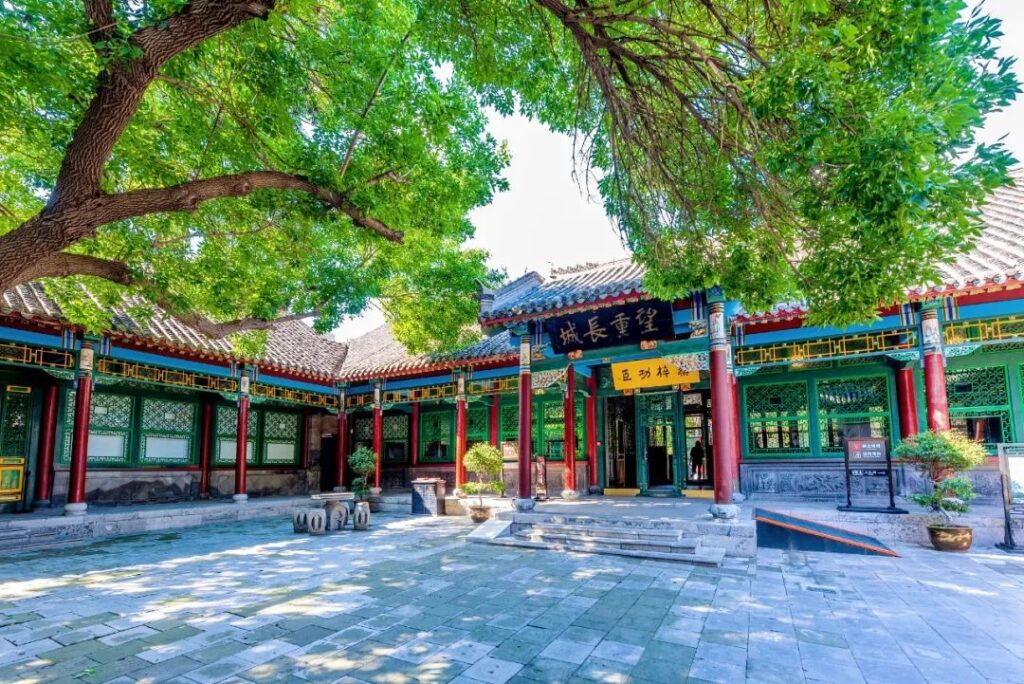
“One Marshal’s Mansion, half of the Republic of China’s history.” Marshal Zhang’s Mansion (also known as the Zhang Family Marshal’s Mansion or the Grand Marshal’s Mansion) was once the office and residence of the “King of Northeast China,” Zhang Zuolin, and his son Zhang Xueliang. It witnessed major events in modern history, such as the Zhili–Fengtian War and the Northeast Flag Replacement.
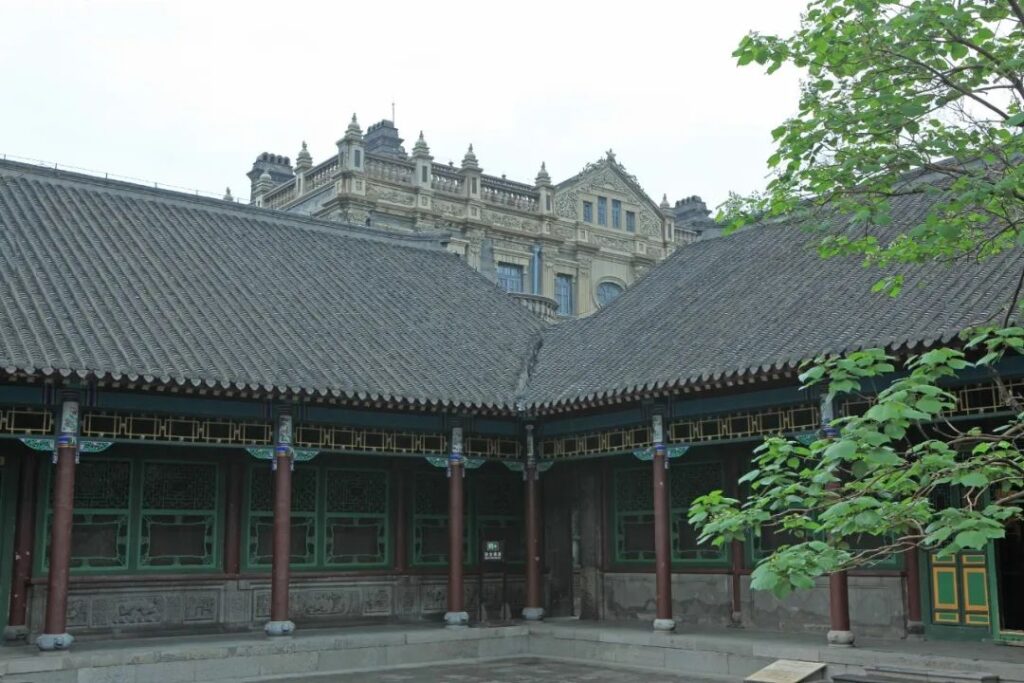
The Marshal’s Mansion is divided into three courtyards: central, east, and west. The central courtyard is a three-section compound with a layout of “front court and rear residence.” The first two courtyards were used for official business and receiving guests, while the third courtyard served as living quarters. The stone carvings in the central courtyard are worth appreciating in detail, as they incorporate the customs and characteristics of Zhang Zuolin’s hometown, Liaonan. Among them, the stone-carved wainscoting under the windows of the third courtyard is the best-preserved.
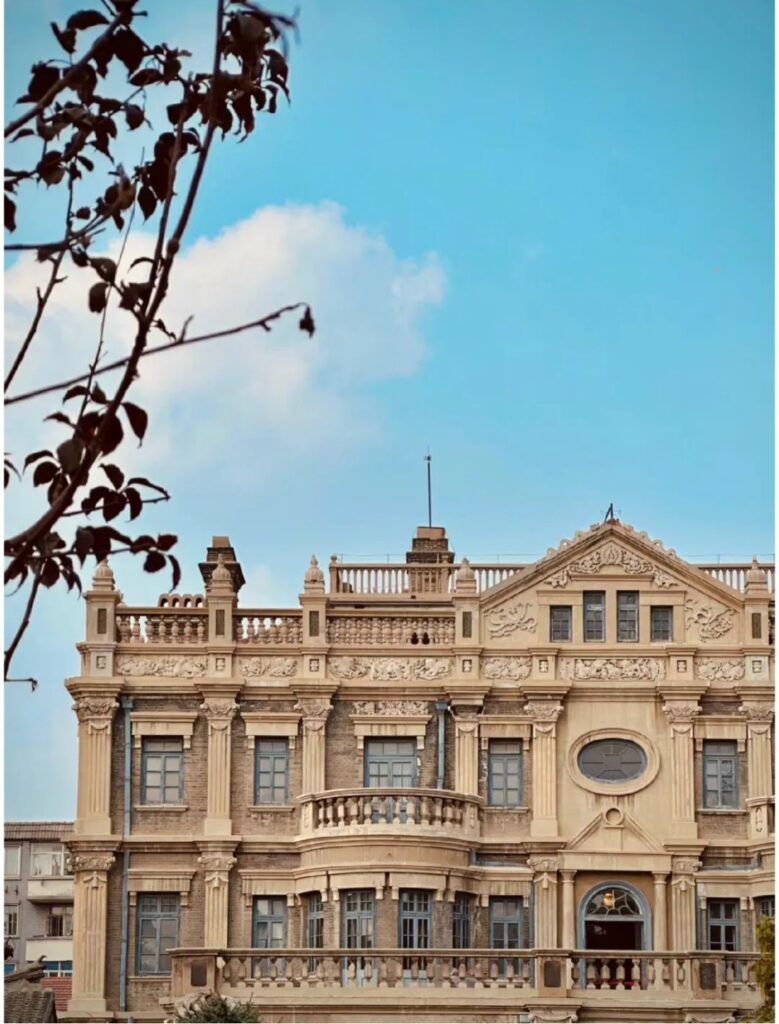
The Great Qing Building in the east courtyard is the landmark structure of the Marshal’s Mansion. It is a three-story Roman-style building constructed with green bricks, featuring three-dimensional relief moldings on the exterior. The doors, windows, and arcades adopt semi-circular arches, giving the entire building a solemn and elegant appearance. In January 1929, the shocking “shooting of Yang Chang incident” took place in the Tiger Hall of the Great Qing Building.
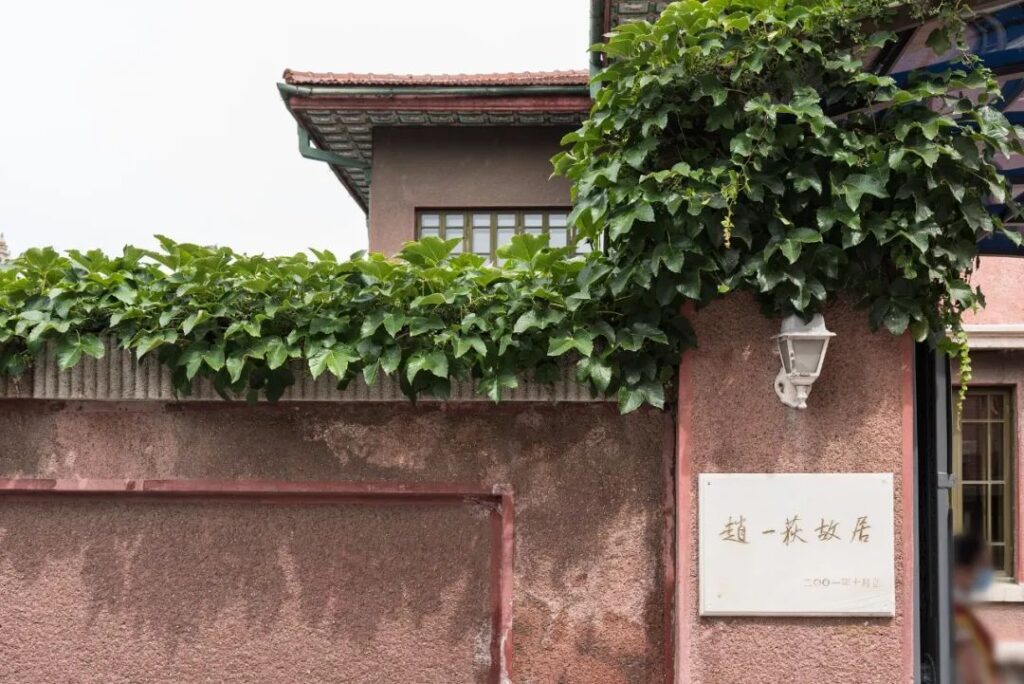
Exiting the Marshal’s Mansion from the east courtyard, you’ll come to the former residence of Zhao Yidi, commonly known as “Miss Zhao’s Building.” This two-story reddish-brown building combines traditional Chinese-style gold painting and European architectural features such as carved colonnade pillars. The interior is primarily furnished with French-style furniture. By joining a tour group and listening to the guide, you can learn many details about the couple’s story.
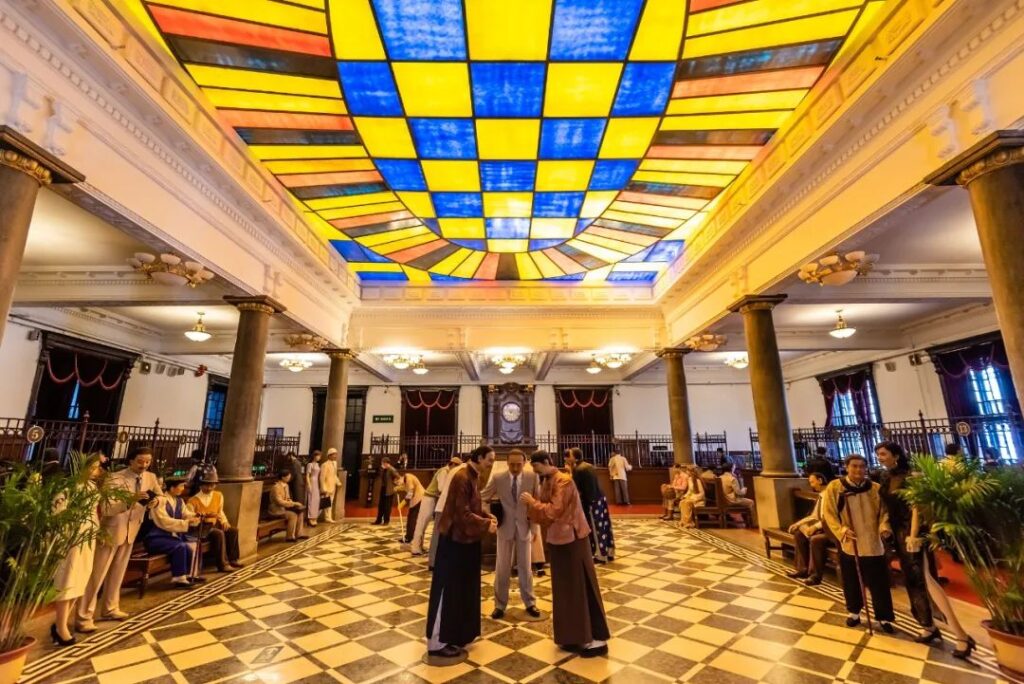
The Shenyang Finance Museum, located on the main road near the Marshal’s Mansion, is worth visiting together. It was formerly known as the Frontier Industry Bank, a commercial bank during the Beiyang Government period. Now, it primarily introduces the history of currency and financial development in Northeast China and showcases currencies from various countries. The museum also preserves some facilities and old objects from its time as a private bank, evoking a strong sense of history.
Zhongjie Pedestrian Street

Zhongjie is one of the most important commercial districts in the central urban area, where you can buy various local specialties and find numerous fur stores. For Shenyang residents, Zhongjie is also a nostalgic place, as the nationally renowned “Zhongjie Daguo” ice cream originated here. When visiting Zhongjie, be sure to go to Bingdian City to eat Zhongjie Daguo and relive the sweet taste of childhood.
China Industrial Museum
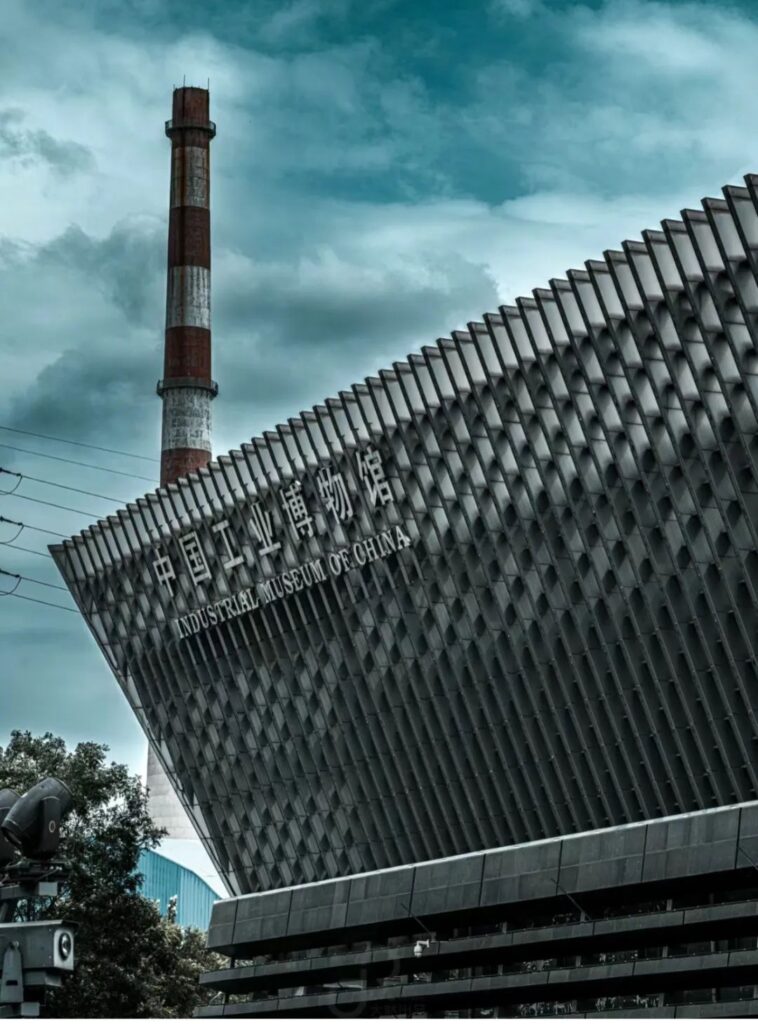
The China Industrial Museum showcases the glory of Shenyang’s heavy industry and the history of the old industrial base. Immersing oneself in the museum feels like traveling back to the era of intense industrial construction.
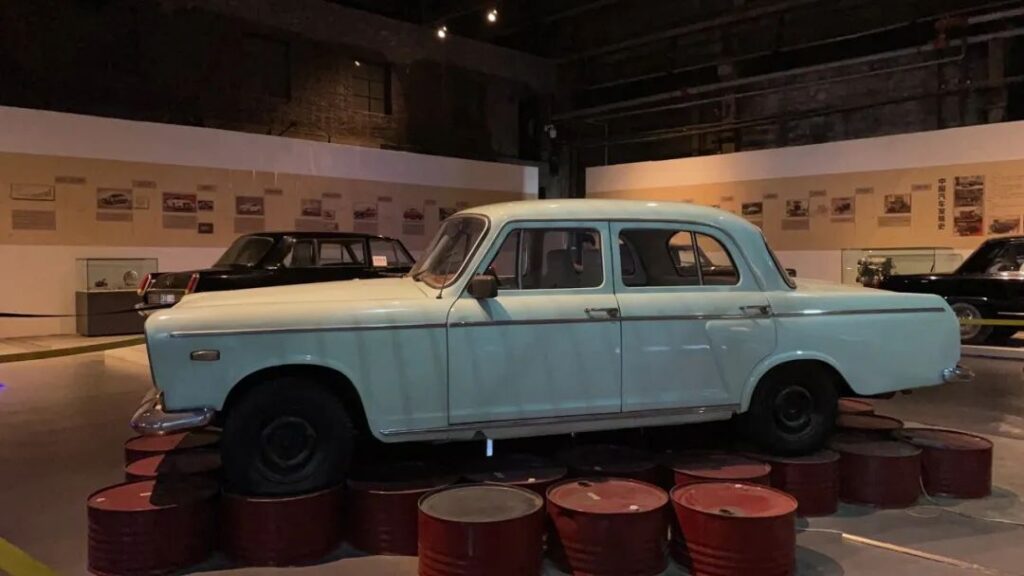
The entire museum consists of five permanent exhibition halls: General History, Casting, Machine Tools, Automobiles, and Tiexi. The General History Hall mainly displays the progress of global industrial development and the resulting products. The Tiexi Hall records the historical trajectory of Shenyang’s industrial development. The Casting Hall was transformed from the original Shenyang Foundry workshop, with various massive steel machines, towering workshop ceilings, and long stretches of tracks, almost replicating the appearance of the past. The Machine Tool Hall showcases the advancements in machine tool technology, from manual manufacturing to machine operation. The Automobile Hall exhibits early domestic cars and some imported vintage vehicles.

The centerpiece of the Casting Hall is a set of seven artifacts from a complete smelting facility at the Shenyang Foundry in the 1950s. These include a 10-ton blast furnace, two ladles, a cold slag pot, a furnace rear batching hopper, and two lifts, which have now been collectively identified as first-class cultural relics. The 10-ton blast furnace is particularly eye-catching. It is a vertical cylindrical smelting equipment for cast iron, measuring 12 meters long, 14 meters wide, and 27 meters high, weighing 300 tons. It is called a blast furnace because the opening at the top of the furnace faces upward.
Hongmei Cultural and Creative Park
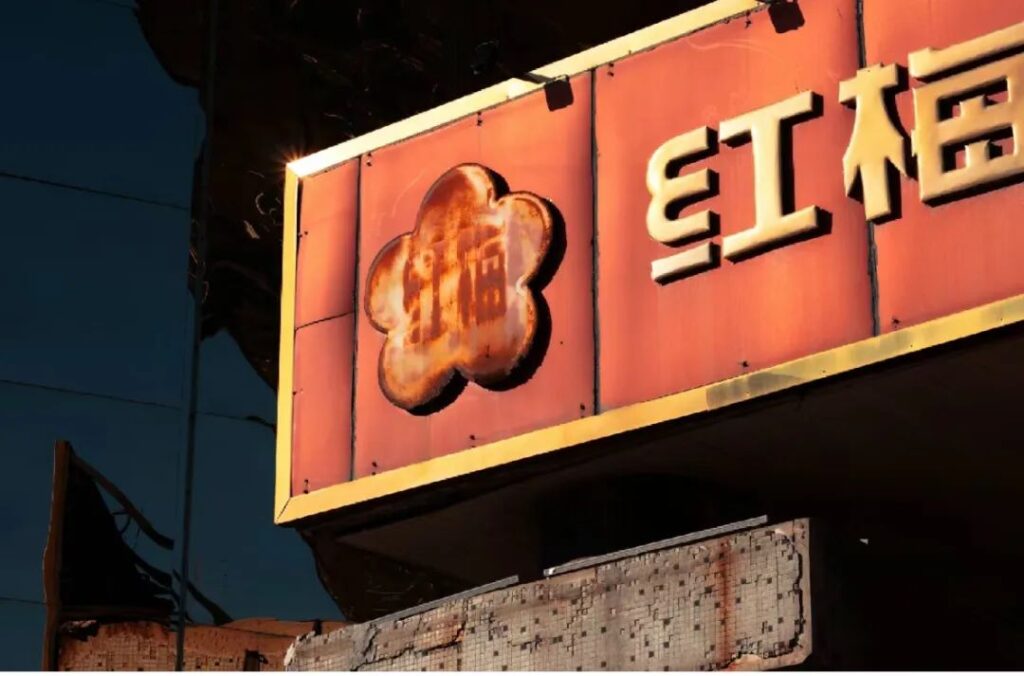
Hongmei Cultural and Creative Park is located south of the Industrial Museum. It was transformed from the original Hongmei MSG factory workshop, and the factory sign still hangs at the entrance. Upon entering the courtyard, a strong industrial atmosphere greets visitors, while simultaneously incorporating modern design elements, infusing new soul into the old place. Beneath the retro red brick high walls, there are quite a few popular photo spots.
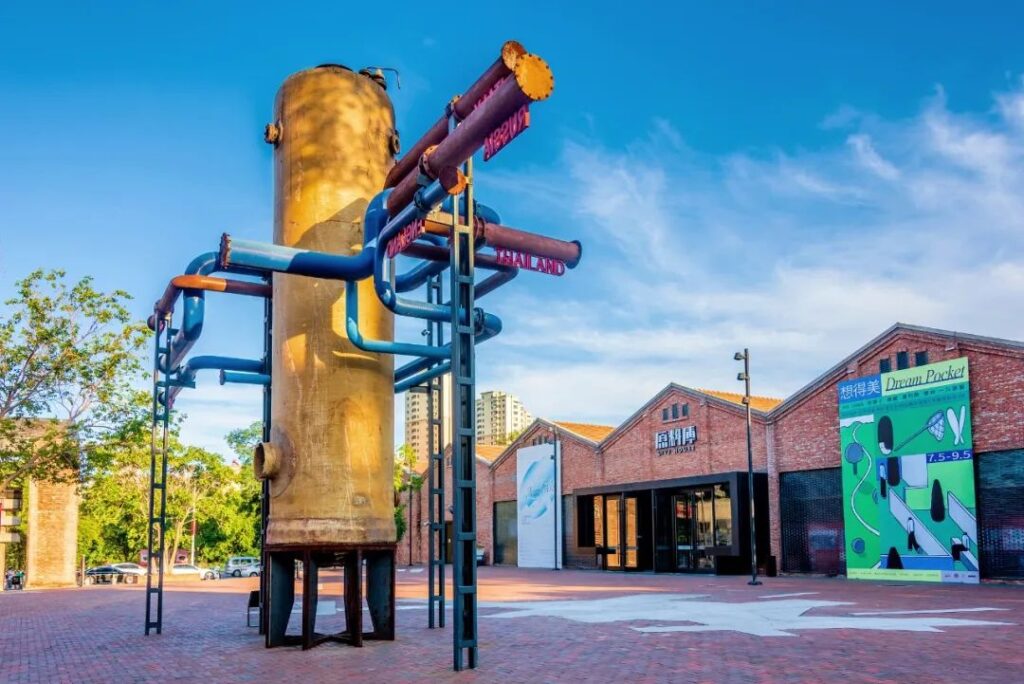
Like cultural and creative parks emerging across the country, Hongmei also integrates various common business forms—art exhibitions, cultural markets, high-end dining, etc. Casually strolling around, one can see a zen-inspired rustic tea house, an art flower shop resembling a plant greenhouse, a postmodern-style fashion boutique, and a cultural fusion restaurant with a strong artistic ambiance, creating a relaxed and pleasant atmosphere.
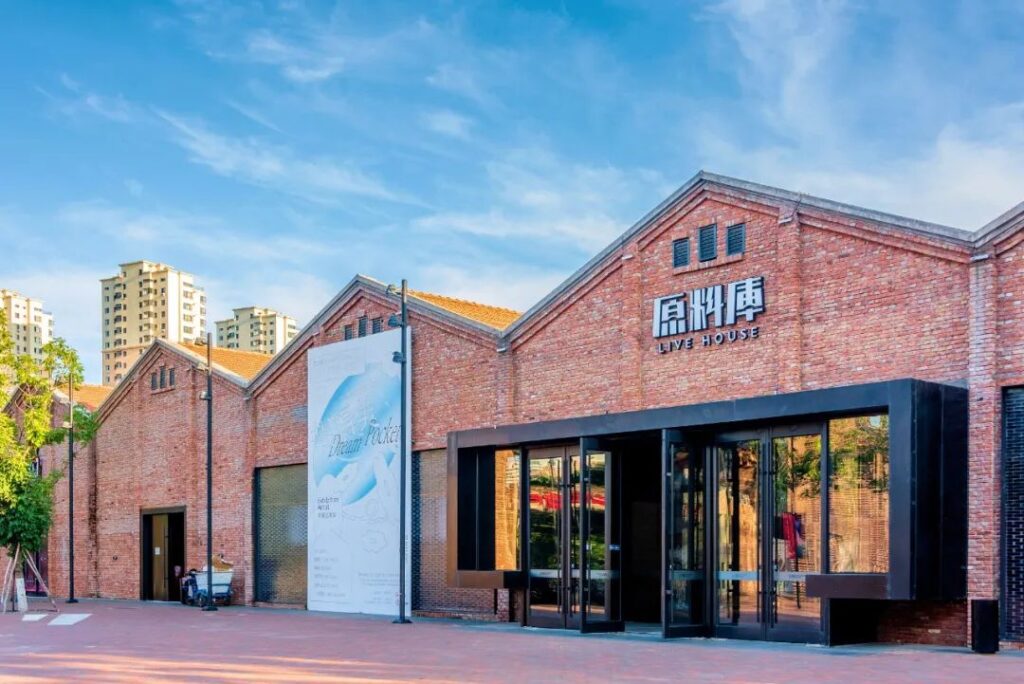
The “Raw Material Warehouse” livehouse in the park is one of the important venues for musicians touring Shenyang. With some luck, you might even catch a band performance.
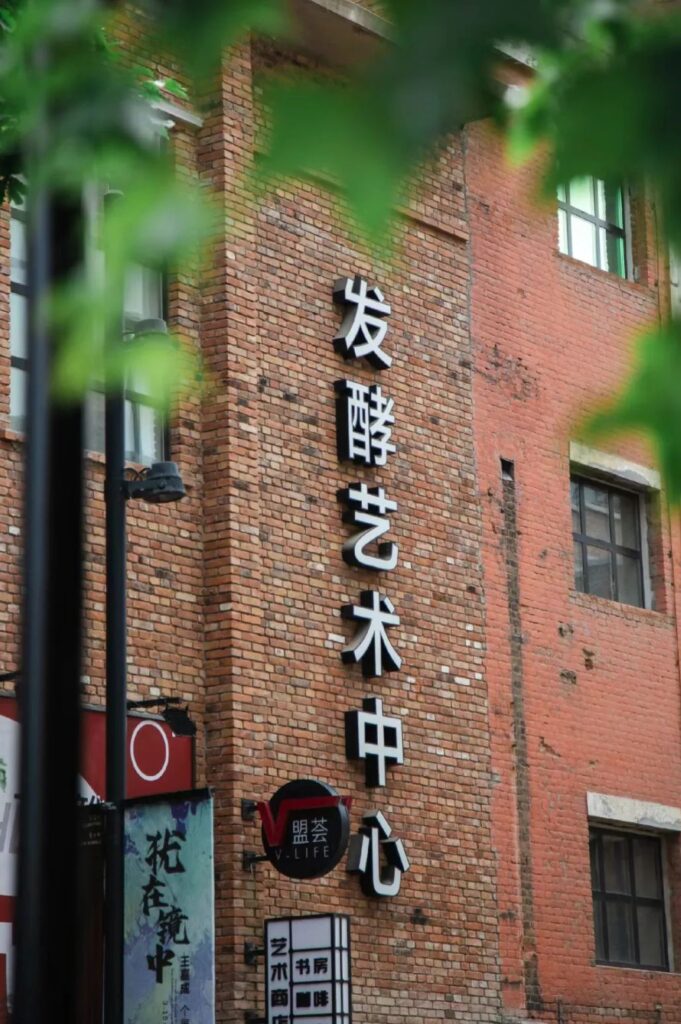
Most of Hongmei’s old factory buildings have been preserved. Among them, the Hongmei Fermentation Art Center was transformed from a fermentation workshop and is now dedicated to various art exhibitions. An iron stele in front of the center is engraved with the following words: “Once, raw materials fermented here to satisfy the taste buds of the masses. Now, culture and art ferment here to add flavor to life.”
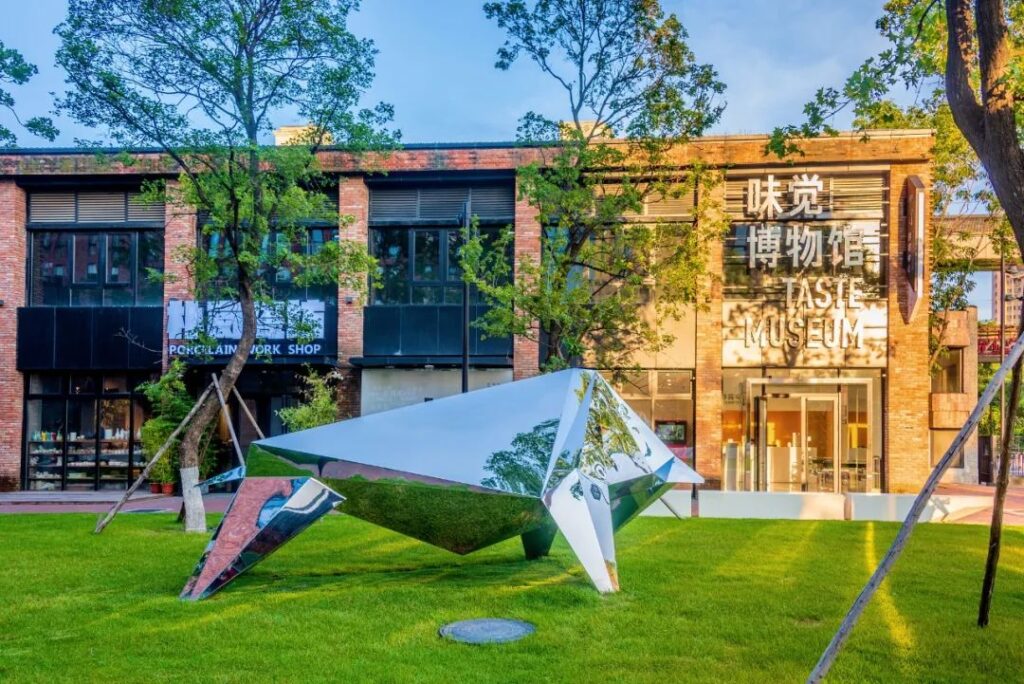
The Taste Museum, on the other hand, was converted from the MSG factory’s union activity room. The three exhibition areas on the second floor are the “Taste Laboratory,” “Taste Road,” and “Taste Gallery.” Here, various artistic installations transform “taste” into a multi-sensory experience that can be seen, heard, and smelled, turning “seasoning” into an evocative concept.
Tiexi 1905 Cultural and Creative Park
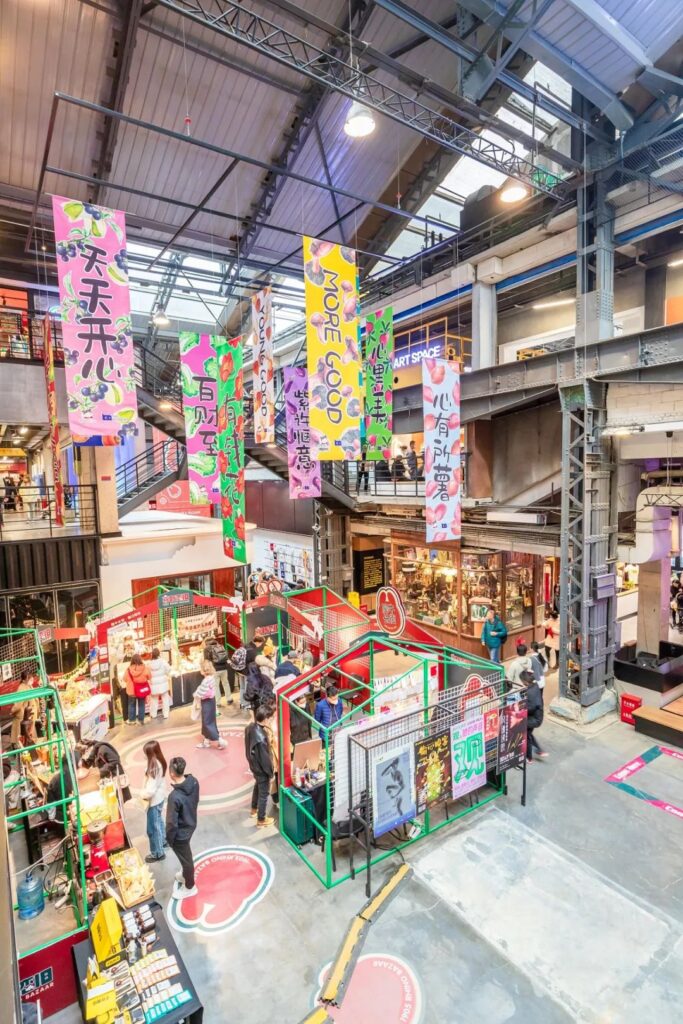
Tiexi 1905 Cultural and Creative Park is similar to Hongmei and was established earlier. It is not far from the Industrial Museum, and the irregularly held Rhino Market is very popular. The Northeast Black Box Little Theater Mumu Theater offers different types of performances, including opera, music, dance, mime, physical theater, suspense, avant-garde, and experimental works. The 1905 Life and Art Institute actively conducts international cultural exchange activities and hosts art exhibitions. Even the heavy machinery that once played an important role has been artistically transformed into bizarre sculptures in the square.
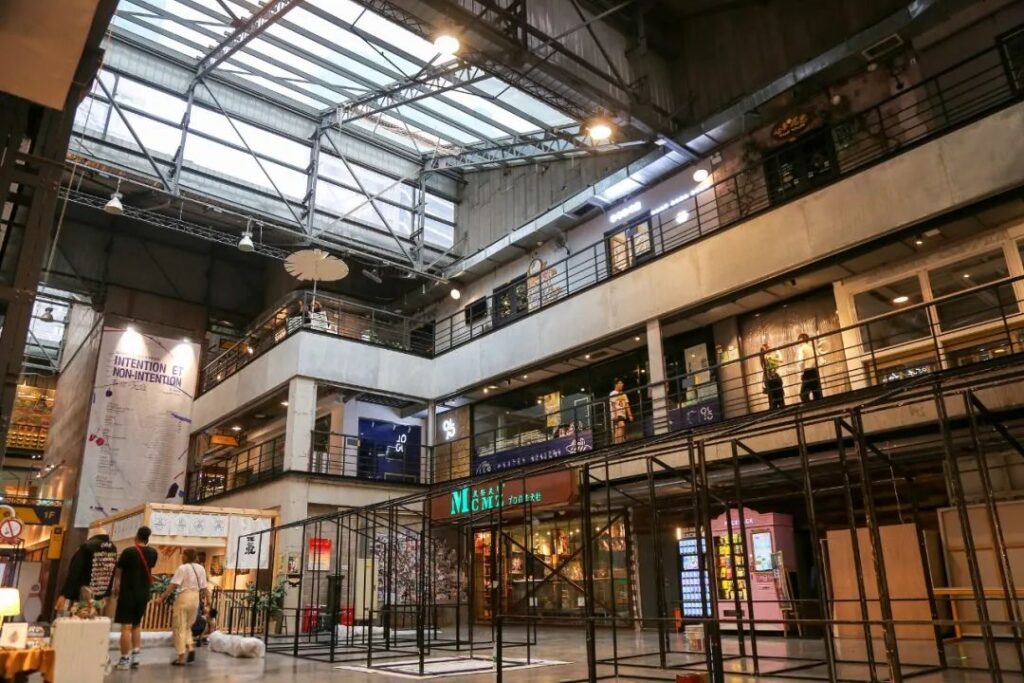
While strolling around this area, one can occasionally see decorative elements related to heavy industry, such as zebra crossings painted in the shape of wrenches, adding a touch of whimsy.
Workers’ Village Life Museum
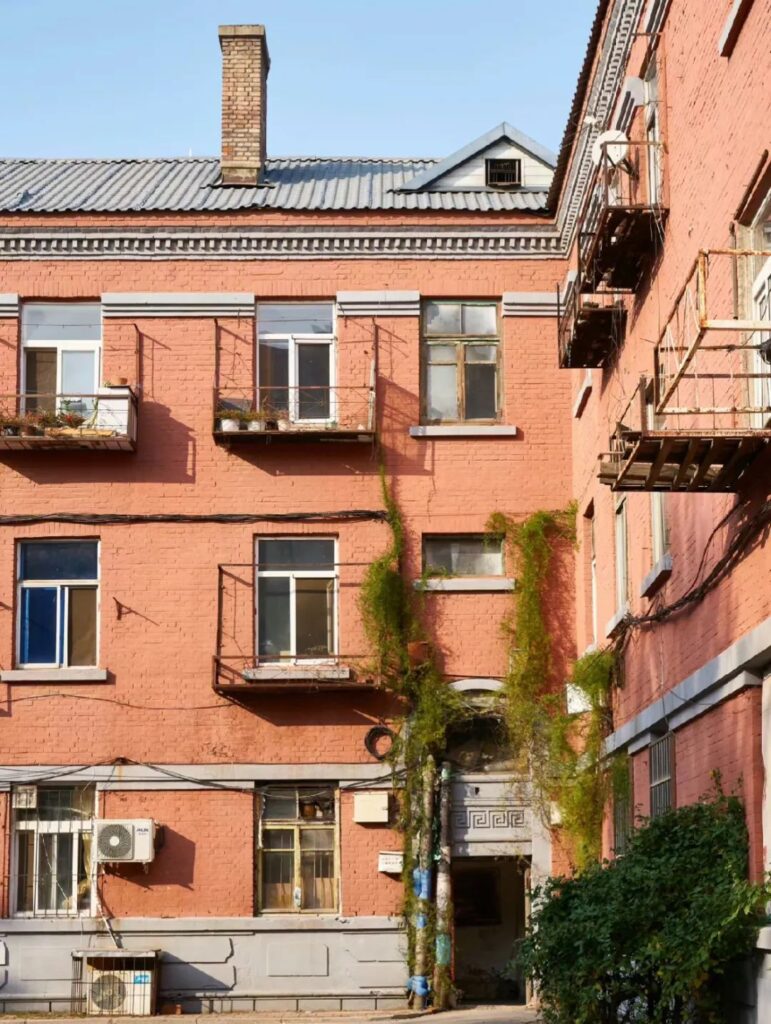
After visiting Hongmei, continue walking south to reach the final stop of the nostalgic journey: the Workers’ Village Life Museum. It recreates various life scenes of workers since the 1950s and exhibits many old objects unique to that era.

Near the Life Museum is the historical building complex of the Tiexi Workers’ Village, mostly three-story brick-red Soviet-style residential buildings. Construction began in the 1950s, and it was a concentrated residential area for workers in Tiexi. Today, the exterior walls are mostly dilapidated. Compared to the enclosed Life Museum, the building complex exudes a more lively atmosphere, with residents still coming and going in the quiet alleys. Chatting with locals might uncover long-buried stories.
